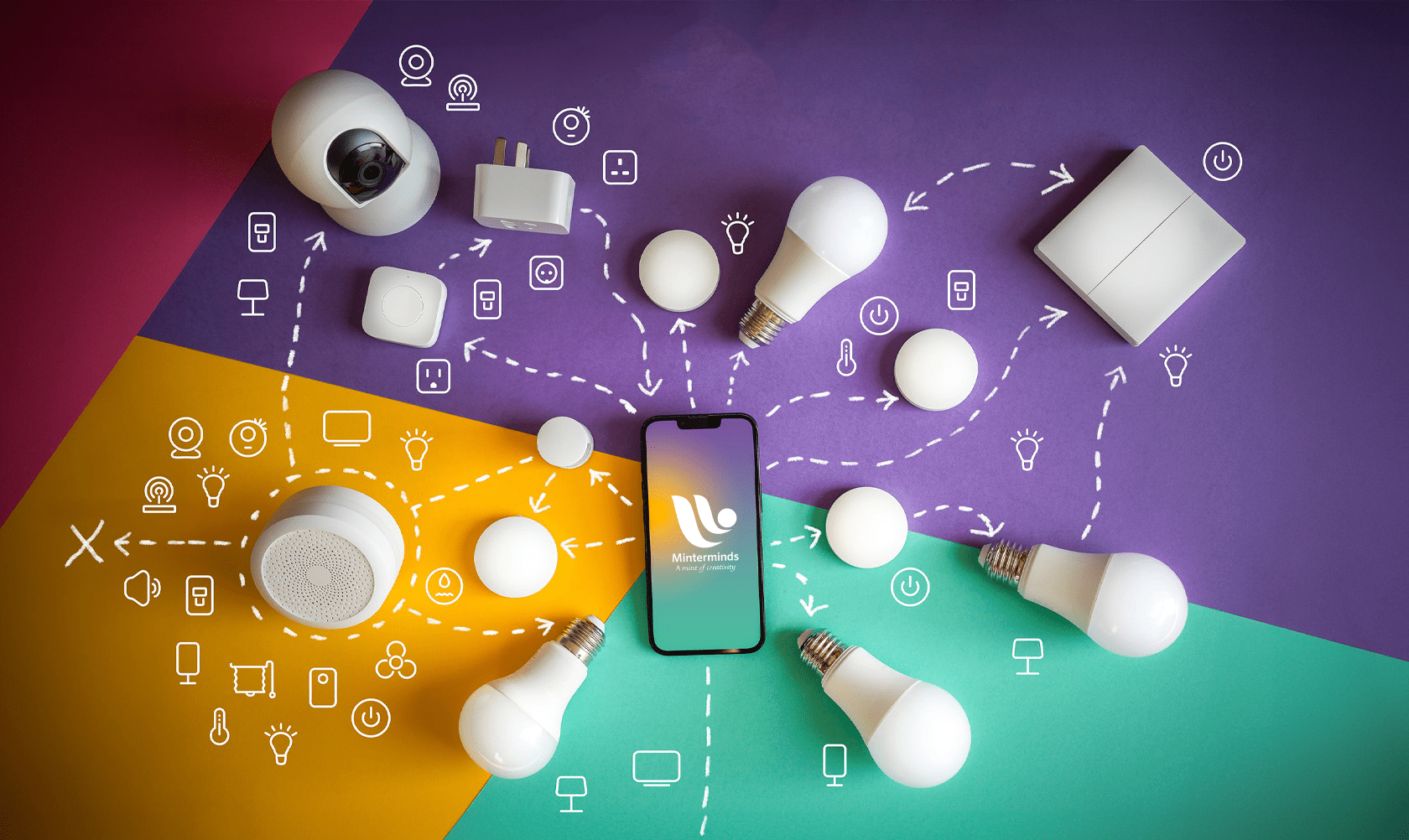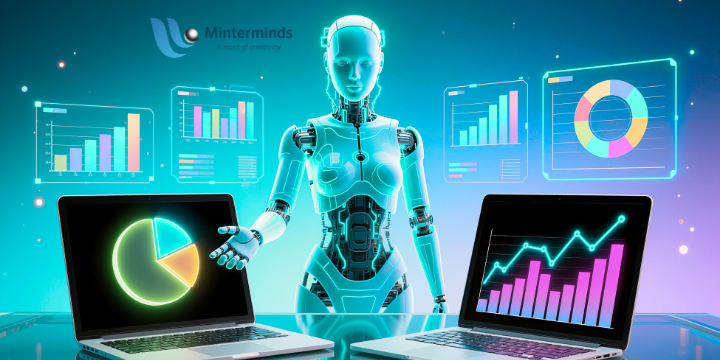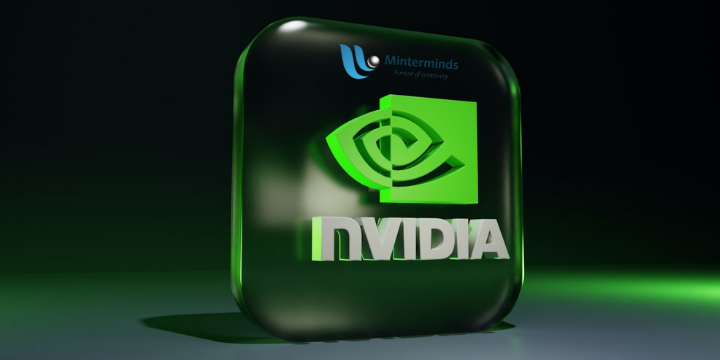The world as we know it is undergoing a profound transformation, where the fusion of technology and connectivity is bringing about an unprecedented revolution. At the heart of this revolution lies the Internet of Things (IoT), a paradigm that is reshaping industries, enhancing our daily lives, and forging a new era of interconnectedness. With each passing day, the IoT is accelerating its impact, creating a web of interconnected devices that promises to revolutionize the way we live, work, and interact with the world around us.
Understanding the IoT Landscape
The essence of the IoT lies in its ability to connect a myriad of devices, from smartphones to household appliances, vehicles, industrial machinery, and beyond, to a network where they can communicate, collect data, and operate seamlessly. This interconnected ecosystem is driven by sensors, actuators, and connectivity solutions that enable devices to exchange information and execute tasks autonomously.
Applications Transforming Industries
The implications of the IoT span across various sectors, fundamentally altering how industries function. In healthcare, wearable devices equipped with IoT capabilities monitor vital signs in real-time, enabling personalized healthcare solutions and remote patient monitoring. In agriculture, IoT sensors collect data on soil moisture, weather patterns, and crop health, optimizing farming techniques and ensuring higher yields. Similarly, in manufacturing, IoT-enabled machinery facilitates predictive maintenance, reducing downtime and enhancing operational efficiency.
Smart Cities and Infrastructure
One of the most promising aspects of the IoT revolution is the concept of smart cities. By integrating IoT technology into urban infrastructure, cities can optimize energy consumption, manage traffic flow, improve public safety, and enhance overall quality of life for residents. From smart traffic lights that adjust based on real-time traffic conditions to waste management systems that optimize collection routes, the IoT is reshaping urban landscapes to be more sustainable and efficient.
Challenges and Opportunities
However, amidst the promises of the IoT lie challenges that need to be addressed. Security and privacy concerns are paramount, as the vast amount of interconnected devices creates potential vulnerabilities. Ensuring robust cybersecurity measures and implementing stringent privacy protocols are imperative to safeguard sensitive data.
Moreover, interoperability and standardization across devices and platforms remain crucial for the seamless integration of IoT solutions. Collaborative efforts among industry players and regulatory bodies are essential to establish universal protocols and frameworks that enable devices to communicate effectively with each other.
Future Prospects and Innovations
Looking ahead, the trajectory of the IoT revolution appears boundless. Advancements in artificial intelligence (AI) and machine learning are poised to further augment the capabilities of IoT devices, enabling predictive analytics and autonomous decision-making. Edge computing, where data processing occurs closer to the source (devices), will reduce latency and enhance real-time responsiveness.
The proliferation of 5G technology will also significantly impact the IoT landscape, providing faster, more reliable connectivity that can support a more extensive network of devices and enable applications that demand high bandwidth and low latency.
The future of the IoT is an exciting realm filled with innovations that promise to reshape our world even further. Here’s a deeper exploration of some key future prospects and innovations within the IoT landscape:
Advancements in Artificial Intelligence (AI) and Machine Learning
The synergy between AI, machine learning, and IoT is poised to redefine the capabilities of connected devices. AI algorithms will become increasingly sophisticated, allowing IoT devices to analyze vast amounts of data in real-time. This will enable predictive analytics, proactive maintenance, and autonomous decision-making.
Predictive Analytics: IoT devices equipped with AI will forecast patterns and trends, allowing for predictive maintenance in various sectors. For instance, machinery in factories will preemptively signal when maintenance is required, preventing breakdowns and optimizing productivity.
Autonomous Decision-Making: AI-powered IoT devices will evolve to make autonomous decisions based on learned patterns and user preferences. Smart home devices, for instance, might adjust temperature settings, lighting, and energy usage based on occupants’ habits without explicit commands.
Edge Computing and Reduced Latency
Edge computing, which involves processing data closer to its source (at the edge of the network) rather than in centralized data centers, will gain prominence. This approach reduces latency, ensuring faster response times and enabling real-time processing for IoT devices.
Real-Time Responsiveness: By processing data closer to where it’s generated, edge computing minimizes delays in data transmission. This is particularly crucial in applications requiring immediate responses, such as autonomous vehicles or remote healthcare monitoring.
Bandwidth Optimization: Edge computing reduces the need to transmit large volumes of data to centralized servers, optimizing bandwidth and potentially reducing infrastructure costs.
5G Technology Integration
The advent of 5G technology is a game-changer for the IoT landscape. Its high-speed, low-latency connectivity will significantly enhance the capabilities of interconnected devices.
Enhanced Connectivity: 5G networks will support a more extensive network of IoT devices, enabling applications that demand high bandwidth, such as augmented reality, virtual reality, and high-definition video streaming in IoT devices.
Low Latency: Reduced latency in 5G networks will be pivotal for mission-critical applications, like remote surgery or autonomous vehicles, where split-second decisions are essential.
Ethical and Regulatory Challenges
As the IoT continues to expand, ethical considerations regarding data privacy, security, and responsible use of AI will become more pronounced. Regulatory bodies will need to develop frameworks that balance innovation with safeguarding users’ rights and data.
Data Privacy and Security: Securing interconnected devices and ensuring data privacy will be a paramount concern. Stricter regulations and robust security measures will need to be in place to prevent cyber threats and unauthorized access to sensitive information.
Ethical AI Use: Addressing biases in AI algorithms and ensuring ethical AI decision-making will be crucial. Responsible deployment of AI within IoT devices will require continuous monitoring and adherence to ethical guidelines.
The convergence of these advancements indicates a future where the IoT seamlessly integrates into our lives, transforming industries, optimizing processes, and enriching experiences. The journey toward this future will involve navigating technological advancements while upholding ethical standards and ensuring security and privacy for all users.
Conclusion
The IoT revolution is undeniably shaping the future, intertwining technology with the fabric of our daily lives. Its potential to revolutionize industries, drive efficiency, and enhance convenience is immense. However, ensuring security, interoperability, and ethical use of data remain pivotal to realizing its full potential.
As we continue on this transformative journey, the IoT’s impact will continue to expand, connecting the world in ways previously unimaginable. Embracing this technological wave and steering it toward a future that prioritizes innovation, sustainability, and inclusivity will define how we harness the power of the IoT to build a smarter, more connected world. Iot revolution is the need of shapping future.




